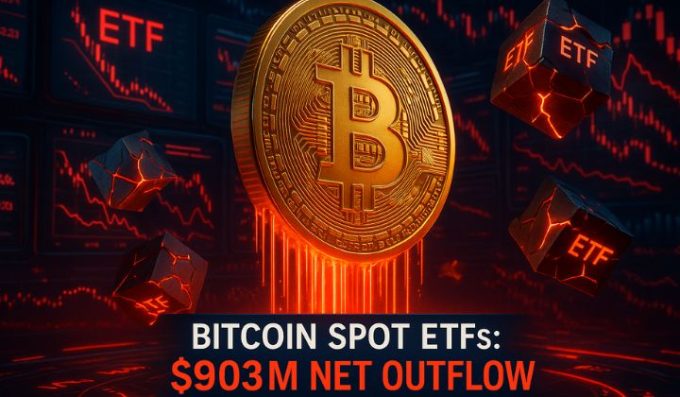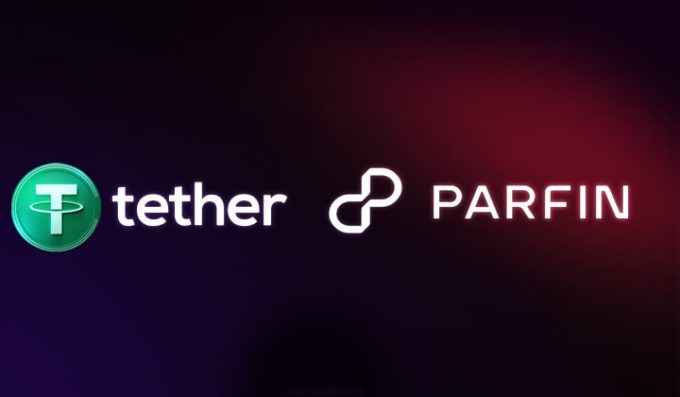How To Profit From XRPL’s Upcoming AMM Without Risking A Single XRP Token
By Laxmikant Khanvilkar
As per blockchain consultant Panos Mekras recently posted a thread on X (formerly known as Twitter), the XRP token holder can lock-in profit from the upcoming introduction of a new Automated Market Maker (AMM) feature on the XRP Ledger (XRPL).
Thanks to the new proposal, which is an innovative profit-sharing approach, enables liquidity providers to capture a large portion of the profits usually earned by arbitrageurs.
The most recent version of the XLS-30 proposal, revised on August 4, 2023, by Dr Aanchal Malhotra, the Research Head at RippleX, and David Schwartz, Ripple’s CTO , aims to integrate non-custodial Automated Market Makers (AMMs) directly into the XRP Ledger’s decentralized exchange (DeX).
This is made possible by perpetually auctioning trading benefits to arbitrageurs and imposing fees on them, which are subsequently distributed among liquidity providers.
In the XLS-30 framework, each AMM instance is engineered to levy a trading fee spread when trades shift the token ratios within their liquidity pools. These collected fees are then funneled into the AMM’s capital pool, thereby amplifying the returns for those providing liquidity.
The proposal also envisions a frictionless interface between the AMM-based and the limit order book (LOB)-based trading systems on the XRPL DeX. This integration ensures that traders can access a full range of order flows and liquidity options across both types of platforms.
The system’s payment and order placement algorithms are designed to automatically source the most advantageous prices for users by considering options across both AMMs and LOBs.
The XLS-30 feature is anticipated to be incorporated into the 1.12 version of “rippled,” the open-source software that underpins the XRP Ledger.
This update is planned for September 11, 2023, but its final inclusion is contingent upon approval from all active XRPL-UNL validators.
According to Mekras, AMMs use passive asset owners as liquidity providers to enhance market depth, mitigate the risk of sudden market crashes, and offer continuous liquidity as opposed to markets that close on weekends and bank holidays.
You need to login in order to Like













